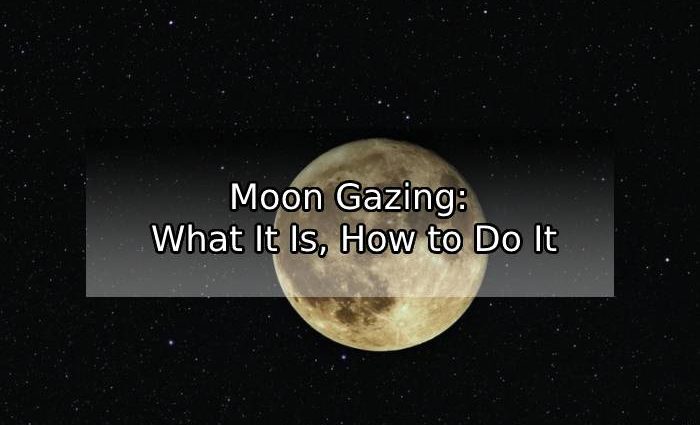Many of the Moon’s surface features can be viewed with the naked eye because it is often the largest and brightest object in the night sky. Whether through binoculars or a telescope, it’s one of the most fascinating celestial bodies to see.
The Far vs. Near Side of the Moon
Because the Moon’s orbit is locked to that of the Earth, the same side of the Moon—the near side—always faces the Earth. The far side of the Moon has only been seen by a few humans (for example, the astronauts who orbited the Moon for NASA’s Apollo Program). The rest of us are continually looking at it from the side. Because the Moon wobbles a little in its orbit (a phenomenon known as libration), astronomers can see up to 59 percent of the Moon’s surface in a month.
Table of Contents
Lunar Phases and When to Moongaze
In the night sky, half of the Moon (the side facing the Sun) is always bright, while the other half is generally dark. Earthshine can sometimes make the dark side of the Moon visible (sunlight that bounces off the Earth and hits the Moon). In a 29.5-day cycle, the sunlit face passes around the near side of the Moon, resulting in various lunar phases at different times of the month. When astronomers talk about phases, they employ a few key terms:
- Waxing: The Moon is getting fuller
- Waning: The Moon is getting less full
- Quarter: The Moon is half full
- Crescent: The Moon is less than half full
- Gibbous: The Moon is more than half full
- New Moon: The Moon is not visible, as its orbit places it between the Earth and the Sun
- Full Moon: The entire near side of the Moon is lit
Make sure you know the current lunar phase before you want to moongaze on a particular night. A Full Moon is actually a horrible moment to look at the Moon’s features. Craters and mountain chains (see “Moon Features” below) are most visible near the terminator (the line where the lit side of the Moon meets the dark side), therefore Quarter and Gibbous Moons are the finest times to see the Moon. You can use the table below to anticipate the phase if you know when the last New Moon was:
|
Days Into Lunar Cycle
|
Moon Phase
|
When the Moon Is Visible
|
||||
|
1 day
|
New
|
Not visible
|
||||
|
4 days
|
Waxing Crescent
|
8 a.m. to 10 p.m.
|
||||
|
7 days
|
First Quarter
|
11 a.m. to 1 a.m.
|
||||
|
10 days
|
Waxing Gibbous
|
2 p.m. to 4 a.m.
|
||||
|
14 days
|
Full
|
5 p.m. to 7 a.m.
|
||||
|
18 days
|
Waning Gibbous
|
8 p.m. to 10 a.m.
|
||||
|
22 days
|
Last Quarter
|
11 p.m. to 1 p.m.
|
||||
|
26 days
|
Waning Crescent
|
2 a.m. to 4 p.m.
|
Features of the Moon
Even if you stare at the Moon with your naked eye, you can see that there are two types of surfaces: bright ones (highlands with craters) and darker ones (plains without craters) (lowlands, which are filled with smooth, dark, volcanic rock). Some people believe the “Man in the Moon” is a group of valleys that form the eyes and mouth of a joyful cartoon face. You can view additional features in great detail with strong binoculars or a small telescope:
- Craters are large holes left by asteroids, meteoroids, and even comets that collided with the Moon’s surface. The margins and central peaks of these are frequently elevated (mountainous regions in the middle).
- Maria: Lava has covered older, cratered surfaces, creating large, dark, flat “seas.”
- The singular is mare, which is pronounced “MA-ray.” Maria is pronounced “MA-ree-uh.”
- Mountain ranges are long stretches of peaks that run throughout the Moon’s surface. During the First Quarter Moon, the Apennines, the biggest, can be seen with the naked eye near the terminator.
- Rilles are lava flow troughs that stretch hundreds of kilometres over the Moon’s surface.



Comments are closed, but trackbacks and pingbacks are open.